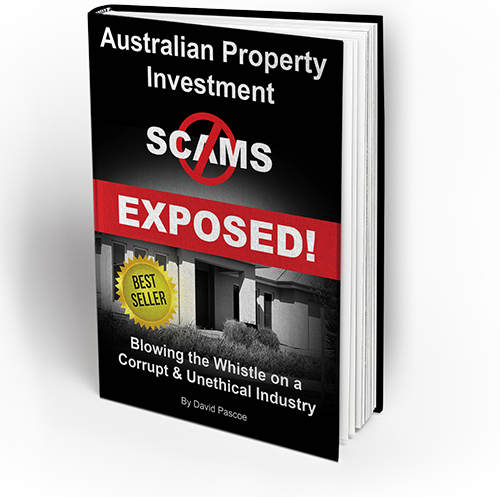Understanding the Property Cycle – 3 Steps to Knowing When to Invest in Australian Property
Planning to invest in an Australian property? One factor that plays a key role to your success is market timing, which when combined with a well thought-out, long-term strategy, sets you right into achieving your investment dreams.
The following are three techniques that will help you understand the property cycle and help you determine when is the right to buy or sell a property in Australia.
Research About the Past
A cycle can last for about seven years with a slowdown and flattening of property prices averaging from 3 to 3.5 years. This is followed by another 3.5 years of rising prices—the peak of which can last only for a very short time until the price slump starts.
Familiarise the Triggers
If you are planning to invest in Australian property, understand that many factors can affect the prices. The most obvious of which is interest rates. When these go down, it is your cue to buy. Banks and lenders are giving friendly rates, making homeownership affordable for everyone. When interest rates start to rise, on the other hand, expect prices to shoot up sharply. It is an indicator that there is higher demand than supply.
Another key signs are migration and economic data. If these two trend positively, then it is an indicator that the real estate market is entering the boom phrase or the growth phase and that the country is well positioned for investment.
Look at the Future
Australia’s property market is currently enjoying strong growth, with Australian housing now the most expensive among developed countries. Some experts predict this growth is still far from over and will likely to continue in a few more years.
The whole point is, if you are looking to buy a property in Australia, consider the whole market’s future growth, including it infrastructure development planned, employment rate, income level and so on.
So, these are the three steps to understanding the property cycle and knowing when is the best time to take a leap. For more tips and advice, contact us and sign up to receive our free e-book.






